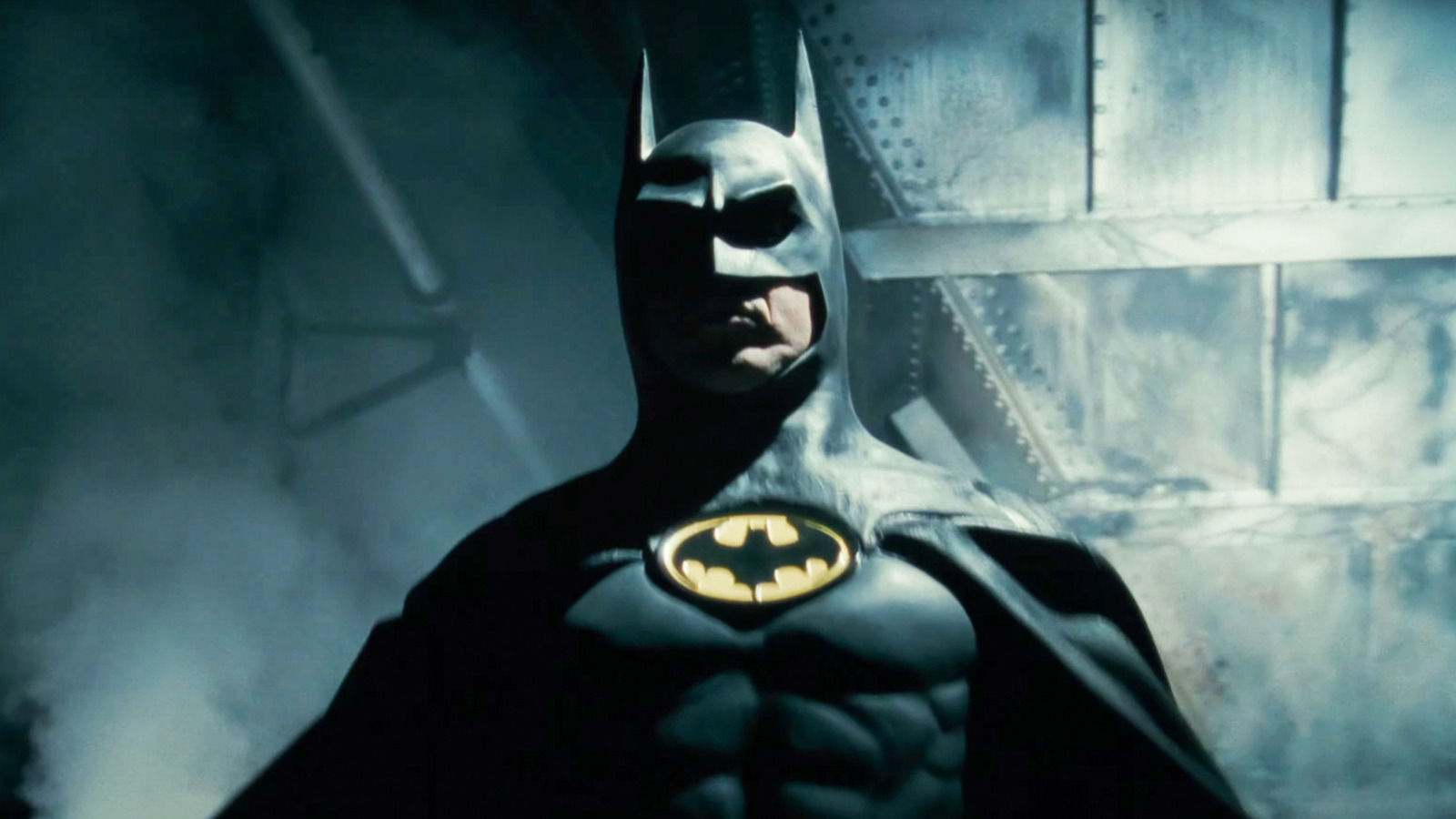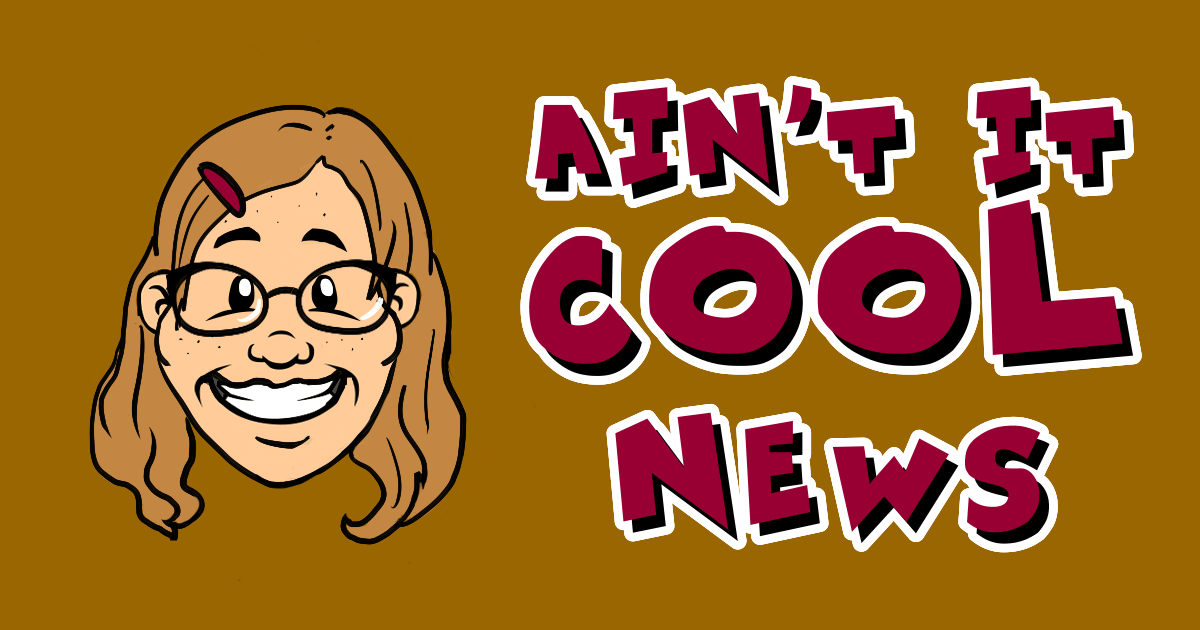Production designer Anton Furst took the same creative approach to creating the sets for Batman and Full Metal Jacket.
Furst passed away in 1991, leaving behind an enviable legacy as a production designer. What really stands out, especially in the case of "Batman," is its ability to express darker themes through production design. The film's 2nd unit director Peter MacDonald remembered him as "an amazing, dark, interesting character" who "could have played a part in 'Batman' very easily."
Even in "The Company of Wolves," the film that had drawn Kubrick's attention to Furst, that dark sensibility was on display. Which made it a good choice for "Full Metal Jacket", a film that flirted with dark humor and dealt with some pretty heartbreaking subject matter. But it made Furst a better candidate for "Batman," as evidenced by his Oscar win and how his Gotham endures as one of the best on-screen renditions of the fictional metropolis to date.
>Furst was clearly at his best when unchained to reality. With Kubrick's film, he was indebted to a real event that had become part of cultural consciousness. But with Gotham, Furst could use the fictional concept as a starting point to paint his own vision. And he clearly thrived in that environment.
I was completely enraptured by the look of "Batman" as a kid, in that its rusty beams, gothic archways, steam-laden alleyways, and crumbling storefronts resemble the architecture of my own mind in a strange way. I remember all those little details, like the giant air vents in the Flugelheim museum, with crystal clarity. Other than Bo Welch's Gotham in "Batman Returns," I can't think of another movie that felt that way. All this to say that the way Furst works in the realm of "metaphor" and "parable" can often yield results that seem more real than reality itself.

Furst passed away in 1991, leaving behind an enviable legacy as a production designer. What really stands out, especially in the case of "Batman," is its ability to express darker themes through production design. The film's 2nd unit director Peter MacDonald remembered him as "an amazing, dark, interesting character" who "could have played a part in 'Batman' very easily."
Even in "The Company of Wolves," the film that had drawn Kubrick's attention to Furst, that dark sensibility was on display. Which made it a good choice for "Full Metal Jacket", a film that flirted with dark humor and dealt with some pretty heartbreaking subject matter. But it made Furst a better candidate for "Batman," as evidenced by his Oscar win and how his Gotham endures as one of the best on-screen renditions of the fictional metropolis to date.
>Furst was clearly at his best when unchained to reality. With Kubrick's film, he was indebted to a real event that had become part of cultural consciousness. But with Gotham, Furst could use the fictional concept as a starting point to paint his own vision. And he clearly thrived in that environment.
I was completely enraptured by the look of "Batman" as a kid, in that its rusty beams, gothic archways, steam-laden alleyways, and crumbling storefronts resemble the architecture of my own mind in a strange way. I remember all those little details, like the giant air vents in the Flugelheim museum, with crystal clarity. Other than Bo Welch's Gotham in "Batman Returns," I can't think of another movie that felt that way. All this to say that the way Furst works in the realm of "metaphor" and "parable" can often yield results that seem more real than reality itself.
What's Your Reaction?















![Three of ID's top PR executives quit ad firm Powerhouse [EXCLUSIVE]](https://variety.com/wp-content/uploads/2023/02/ID-PR-Logo.jpg?#)







